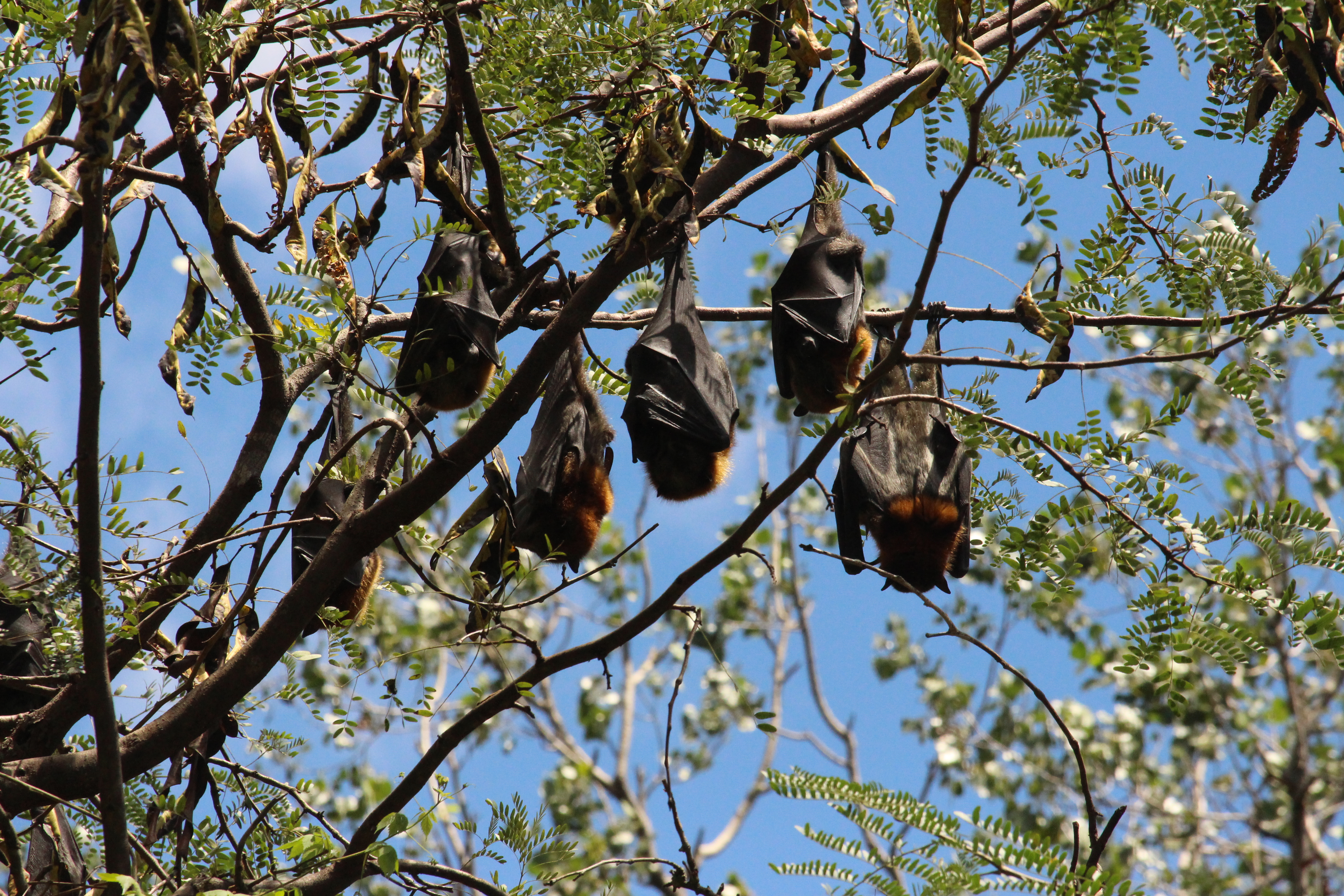Are Grey-headed Flying-Fox’s native?
- Details
- Written by: Teela Griffin Penrith City Council (02) 4732 7777 (02) 4732 7958 council@penrithcity.nsw.gov.au https://www.penrithcity.nsw.gov.au 601 High St Penrith NSW 2750 Australia

This threatened native species is the largest Australian bat, often up to 30cm long. It has dark grey fur on the body, lighter grey fur on the head and a russet collar encircling the neck. With an impressive wingspan of 1m, this native animal is listed as vulnerable in NSW and nationwide.
The Grey-headed Flying-Fox is protected under the National Parks and Wildlife Act 1974, and penalties apply for harming this species.
In Penrith, we have known colonies in Colyton, Emu Plains and Emu Heights. The communities are healthy and are not causing any damage to the public or the environment.
Flying-foxes in urban areas
Flying-foxes are increasingly moving into urban areas. This may be a response to changing environmental conditions such as the loss of previous camps and foraging areas due to clearing for housing, agriculture or forestry. It may also be a response to local food shortages or fewer predators in urban areas.
Living near a flying-fox camp
Flying-foxes are increasingly roosting in camps near towns. As a result, residents may have concerns about the impacts of flying-foxes on their day-to-day lives.
Read about strategies to help live near a camp here
What threats does this species have?
- Loss of roosting and foraging sites.
- Electrocution on powerlines, entanglement in netting and on barbed-wire.
- Heat stress.
- Conflict with humans.
- Incomplete knowledge of abundance and distribution across the species' range.
What can we do?
- Protect roost sites, particularly avoid disturbing them September through November.
- Identify and protect key foraging areas.
- Identify powerline blackspots and implement measures to reduce deaths; implement measures to reduce deaths from entanglement in netting and on barbed-wire.
- Increase public awareness/understanding about flying-foxes, and their involvement in flying-fox conservation.
- Improve knowledge on demographics and population structure to better understand ecological requirements of the species.
- A targeted strategy for managing this species has been developed under the Saving our Species program. Click here for details.
Where can I learn more?
- Grey-headed Flying-fox- Profile. Department of Environment and Heritage
- Living with Grey-headed Flying-foxes brochure. NSW Government DPE
- Grey-headed Flying-fox. The Australian Museum

